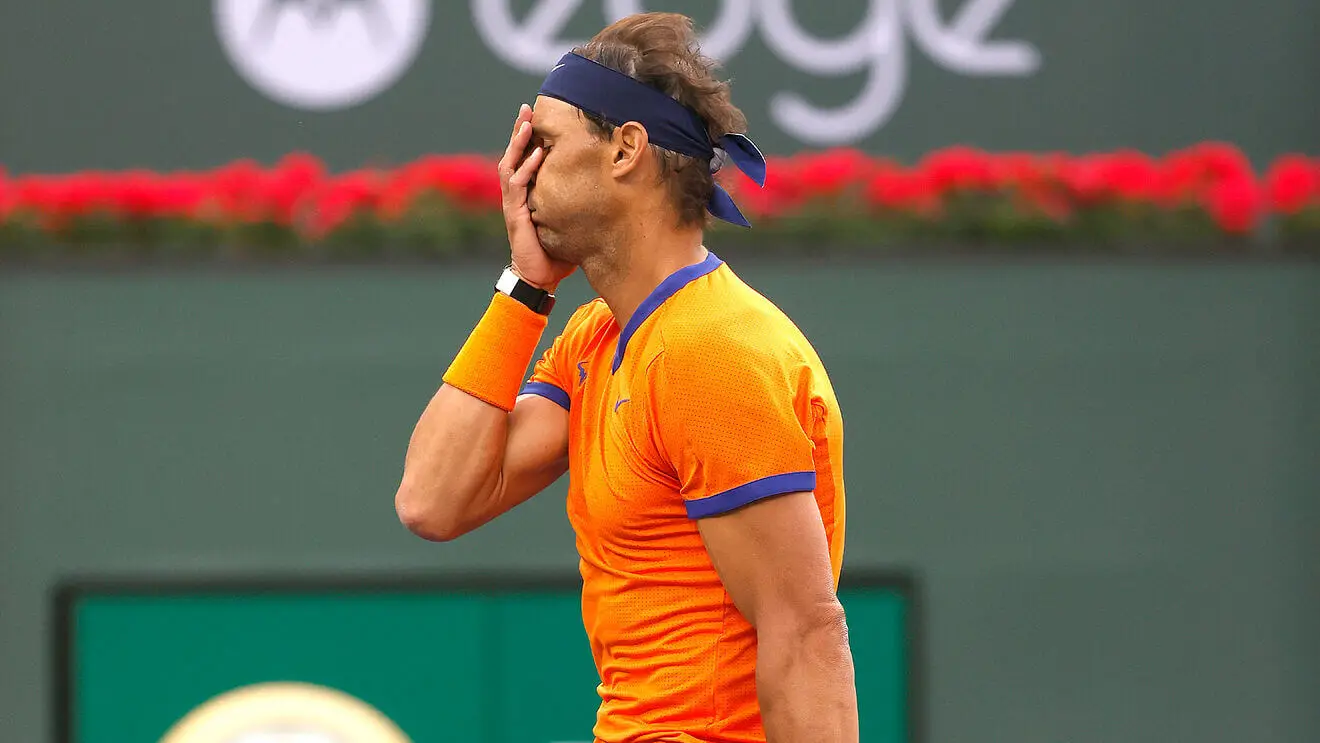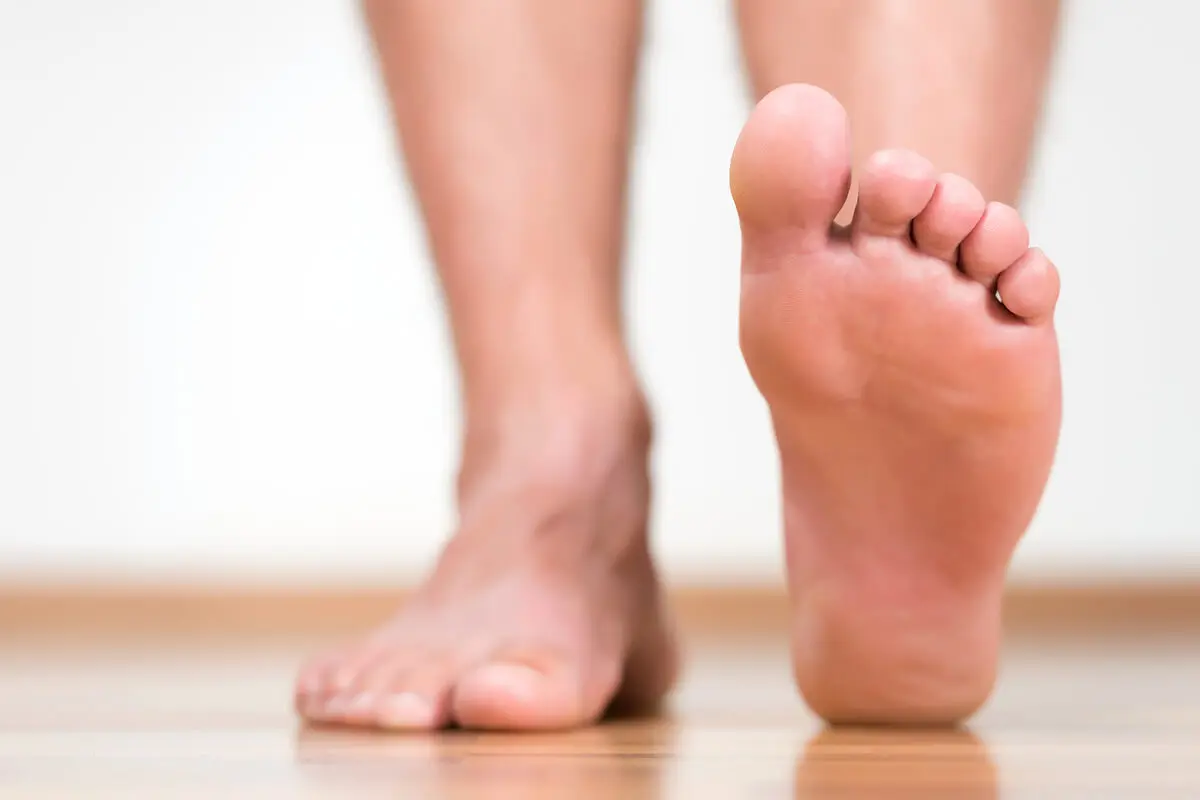Rafael Nadal's Recurring Injuries


Reviewed and approved by the doctor Leonardo Biolatto
Rafael Nadal’s name will be engraved in tennis history forever for his game, titles, and records. He built and continues to build an impressive career. Had it not been for certain injuries, he could have won even more than he has.
It’s true that injuries accompany virtually all elite athletes, not only in tennis, but in almost all disciplines.
However, Nadal’s “bad luck” was that he had to suffer recurring ailments, which reappeared season after season. Below, we’ll give a summary of all the injuries that bothered the tennis player the most in his almost 20-year professional career.
Rafael Nadal and the injuries that complicated his career
In his 19-year career so far, Rafael Nadal suffered from 21 injuries. And this doesn’t include minor pains that didn’t mean he had to withdraw from a tournament or not show up at all.
Several of these injuries occurred in areas or structures of the body that had already been affected before. That is to say, they were recurring injuries, as we’ll see in the following list.
1. Abdominal problems
Rafael Nadal, the greatest Grand Slam tournament winner of all time (22 titles), had to withdraw from Wimbledon 2022 because of an abdominal tear. He was due to play in the semifinal of the London event, but was unable to play.
Another injury had already affected a nearby area of his body a few months earlier, at the Masters 1000 in Indian Wells. In that event he suffered a stress fracture in the left third costal arch while playing the semifinal against the also Spanish Carlos Alcaraz.
Years before, in 2018 and 2019, the Mallorcan had also had muscular problems in the abdominal area. Considering the repetition of this injury, it seems clear that the tennis player occupies the middle area of his body to a large extent to move as he does on the court.

2. The knees, another source of injury for Rafael Nadal
The soft tissues present in this joint have always been a trouble spot for Rafael Nadal. However, this is not surprising if you take into account the extreme physical wear that the Spaniard has in every match, the result of his fierceness and tenacity to not lose a ball.
This is his trademark, but it comes at a high price.
Since 2008, Rafa had to endure inflammations in the tendons of his knees (tendinitis). One of the first problems occurred in the patellar tendon of his right knee.
The following year, in 2009, the same injury cost him the loss of his unbeaten record at Roland Garros, a tournament where he’s currently the highest winner in history, with 14 total victories. He was also unable to play Wimbledon that year.
Injuries to the tendons of his knees followed one after the other in the following years. Even in 2012 he suffered a ruptured tendon, which demanded a recovery of 7 months.
After a few years of “tranquility” in this regard, in 2018 he again withdrew from a tournament (the US Open) due to severe pain in the patellar tendon of his right knee. With so many years of impacts and wear and tear, this problem has already become chronic for the Spaniard’s body.
We think you may also enjoy reading this article: The Injuries and Ailments that Kept Serena Williams Off the Courts for a Year
3. Wrist injuries
Just like the knees, the wrists are also a very demanding area for competing tennis players. Rafael Nadal, with his signature forehand stroke, put his wrists to the test in each of the more than 1,200 matches played in his career as a professional.
In 2016 the first injury related to this area appeared. Specifically, what happened was a disinsertion of the posterior ulnar sheath of his right wrist. He was out of the circuit for three months because of this.
Two years later, the discomfort moved to the other wrist and manifested itself in the form of inflammation. Again he had to abandon in the middle of Roland Garros and compete infiltrated in the Rio 2016 Olympic Games to endure the pain. Finally, in 2019 he dropped out of an exhibition tournament due to a recurrence.
Like this article? You may also like to read: Check Out These 20 Quirks, Rituals, and Fun Facts about Rafael Nadal
4. Müller-Weiss syndrome, one of Nadal’s last injuries
This problem had started in 2005, at the beginning of his career. Müller-Weiss syndrome is a degenerative disease that manifests itself in one of the bones of the foot: the scaphoid, in particular. It causes a deformity in the tissues that can lead to pain and numbness in the limb.
Caused by a delay in the ossification of the scaphoid (bone located at the apex of the internal arch at the back of the foot), the syndrome can lead to other problems in the lower extremities. People who have this condition often modify their natural way of stepping to avoid pain.
In Nadal’s case, the injury reappeared with more intensity at Roland Garros 2021 (although he was still champion) and forced him to miss practically the rest of the season, including the Olympic Games and Grand Slams.

Rafael Nadal, a tennis star haunted by injuries
The large number of injuries that Nadal had throughout his career have to do with his physical display in every match. Especially when he was younger, the Spaniard was characterized by his grit, endurance, and mental strength. For many, he’s the best athlete of all time on a psychological level.
However, all that wear and tear took its toll on him over the years, and more and more frequently. He even had to modify his strategy and strokes to be more aggressive and play shorter points.
Overall, it’s clear that he succeeded and achieved almost everything he set out to do. Now, one of the last goals of his career is to heal from his injuries and finish his tennis career the way he and tennis deserve it to end.
All cited sources were thoroughly reviewed by our team to ensure their quality, reliability, currency, and validity. The bibliography of this article was considered reliable and of academic or scientific accuracy.
- Amalfitano, P. 22 de marzo de 2022. Informe especial: la pesadilla de Rafael Nadal, 21 lesiones en 19 años. El Gráfico. https://www.elgrafico.com.ar/articulo/1129/50642/informe-especial-la-pesadilla-de-rafael-nadal-21-lesiones-en-19-anios
- Jiménez Valencia, S. 7 de julio de 2022. Las lesiones de Rafael Nadal, el tenista que aprendió a jugar (y a triunfar) con dolor. CNN en Español. https://cnnespanol.cnn.com/2022/07/07/rafael-nadal-lesiones-dolor-orix/
- Rodríguez, R. 4 de junio de 2022. El ‘viacrucis’ de Rafa Nadal: cómo sufrir 22 lesiones en 19 años y, aun así, ser el mejor. El Confidencial. https://www.elconfidencial.com/deportes/tenis/2022-06-04/historial-lesiones-rafa-nadal-roland-garros_3435188/
- https://www.atptour.com/es/players/rafael-nadal/n409/fedex-atp-win-loss
- M. Núñez-Samper; E. Maceira Suárez; P. Fernández de Retama. 2007. Enfermedad de Müller-Weiss. Revista del Pie y Tobillo. https://www.fondoscience.com/sites/default/files/articles/pdf/rpt.2100.fs070407-enfermedad-de-muller-weiss.pdf
This text is provided for informational purposes only and does not replace consultation with a professional. If in doubt, consult your specialist.








